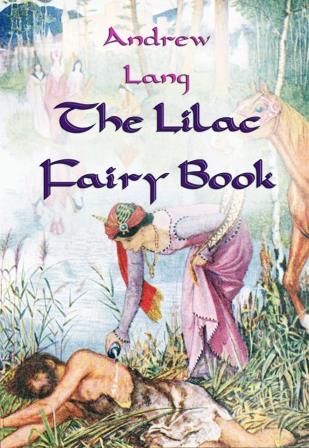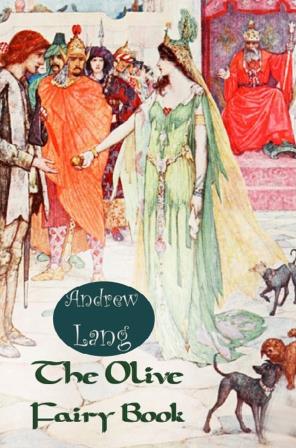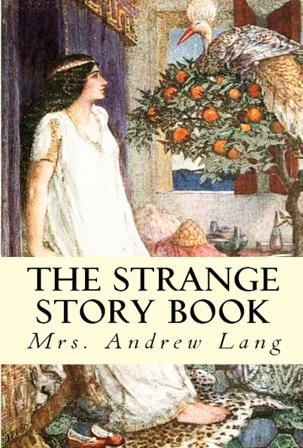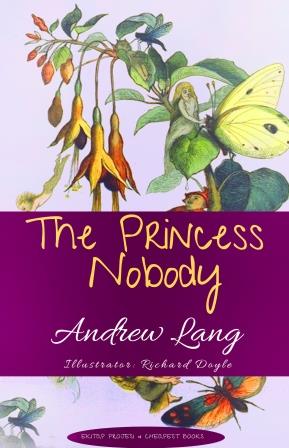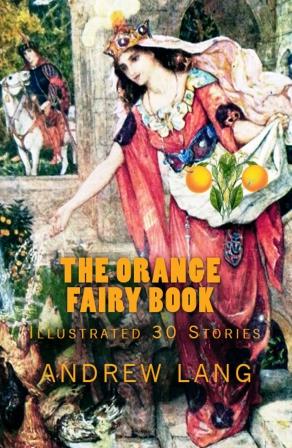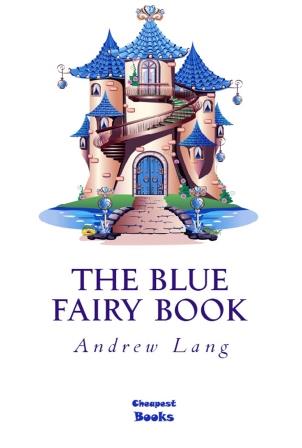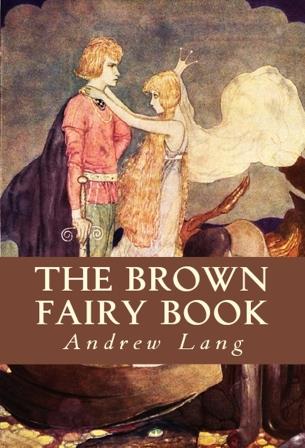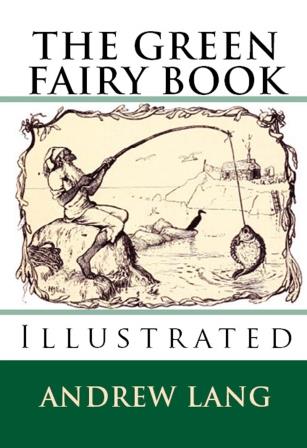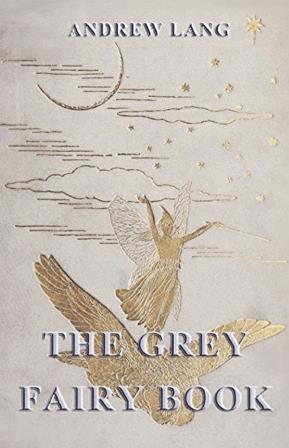More Search Results...
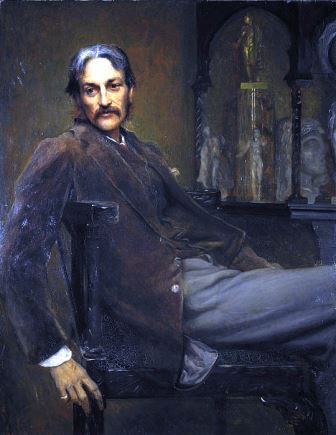
Andrew Lang, (1844, 1912), Scottish scholar and man of letters noted for his collections of fairy tales and translations of Homer.
Educated at St. Andrews University and at Balliol College, Oxford, he held an open fellowship at Merton College until 1875, when he moved to London. He quickly became famous for his critical articles in The Daily News and other papers. He displayed talent as a poet in Ballads and Lyrics of Old France (1872), Helen of Troy (1882), and Grass of Parnassus (1888) and as a novelist with The Mark of Cain (1886) and The Disentanglers (1902). He earned special praise for his 12-volume collection of fairy tales, the first volume of which was The Blue Fairy Book (1889) and the last The Lilac Fairy Book (1910). His own fairy tales, The Gold of Fairnilee (1888), Prince Prigio (1889), and Prince Ricardo of Pantouflia (1893) became children’s classics.
Lang also did important pioneer work in such volumes as Custom and Myth (1884) and Myth, Ritual and Religion (1887). Later he turned to history and historical mysteries, notably Pickle the Spy (1897), A History of Scotland from the Roman Occupation, 4 vol. (1900–07), Historical Mysteries (1904), and The Maid of France (1908). His lifelong devotion to Homer produced well-known prose translations of the Odyssey (1879), in collaboration with S.H. Butcher, and of the Iliad (1883), with Walter Leaf and Ernest Myers. He defended the theory of the unity of Homeric literature, and his World of Homer (1910) is an important study.
The Lilac Fairy Book
Our stories are almost all old, some from Ireland, before that island was as celebrated for her wrongs as for her verdure; some from Asia, made, I dare say, before the Aryan invasion; some from Moydart, Knoydart, Morar and Ardnamurchan, where the sea streams run like great clear rivers and the saw-edged hills are blue, and men remember Prince Charlie.
More info →The Olive Fairy Book
The stories begin with those which children like best—the old Blue Beard, Puss in Boots, Hop o’ my Thumb, Little Red Riding Hood, The Sleeping Beauty, and Toads and Pearls. These were first collected, written, and printed at Paris in 1697.
More info →The Strange Story Book
Now as this is the very last book of all this series that began in the long long ago, perhaps you may like to hear something of the man who thought over every one of the twenty-five, for fear lest a story should creep in which he did not wish his little boys and girls to read. He was born when nobody thought of travelling in anything but a train—a very slow one—or a steamer. It took a great deal of persuasion to induce him later to get into a motor and he had not the slightest desire to go up in an aeroplane—or to possess a telephone.
More info →The Princess Nobody
A Queen. Their country was close to Fairy Land, and very often the little Elves would cross over the border, and come into the King's fields and gardens. The girl-fairies would swing out of the bells of the fuschias, and loll on the leaves, and drink the little drops of dew that fell down the stems.
More info →The Orange Fairy Book
The children who read fairy books, or have fairy books read to them, do not read prefaces, and the parents, aunts, uncles, and cousins, who give fairy books to their daughters, nieces, and cousins, leave prefaces unread. For whom, then, are prefaces written?
More info →The Blue Fairy Book
Andrew Lang's Fairy Books or Andrew Lang's "Coloured" Fairy Books constitute a twelve-book series of fairy tale collections. Although Andrew Lang did not collect the stories himself from the oral tradition, the extent of his sources, who had collected them originally (with the notable exception of Madame d'Aulnoy), made them an immensely influential collection, especially as he used foreign-language sources, giving many of these tales their first appearance in English. As acknowledged in the prefaces, although Lang himself made most of the selections, his wife and other translators did a large portion of the translating and telling of the actual stories.
More info →The Brown Fairy Book
The stories in this Fairy Book come from all quarters of the world. For example, the adventures of ‘Ball-Carrier and the Bad One’ are told by Red Indian grandmothers to Red Indian children who never go to school, nor see pen and ink. ‘The Bunyip’ is known to even more uneducated little ones, running about with no clothes at all in the bush, in Australia. You may see photographs of these merry little black fellows before their troubles begin, in ‘Northern Races of Central Australia,’ by Messrs. Spencer and Gillen.
More info →The Green Fairy Book
This is the third, and probably the last, of the Fairy Books of many colours. First there was the Blue Fairy Book; then, children, you asked for more, and we made up the Red Fairy Book; and, when you wanted more still, the Green Fairy Book was put together.
More info →The Grey Fairy Book
The tales in the Grey Fairy Book are derived from many countries: ”Lithuania, various parts of Africa, Germany, France, Greece, and other regions of the world. They have been translated and adapted by Mrs. Dent, Mrs. Lang, Miss Eleanor Sellar, Miss Blackley, and Miss Lang. 'The Three Sons of Hali' is from the last century 'Cabinet des Faces,' a very large collection. The French author may have had some Oriental original before him in parts; at all events he copied the Eastern method of putting tale within tale, like the Eastern balls of carved ivory.
More info →

























